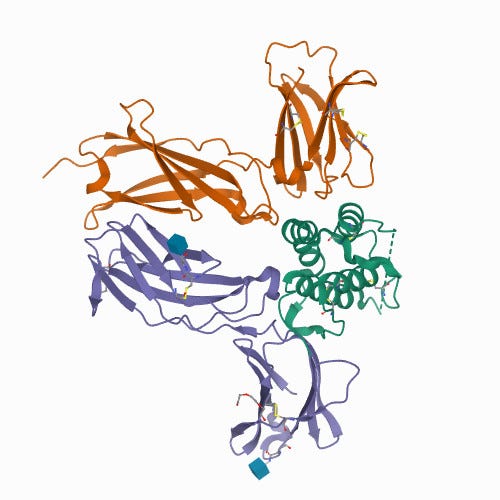Can Oily Hair Contribute to Fat Loss? New Insights on TSLP
Written on
The Growing Concern of Obesity
It's an undeniable fact that our society is facing an increasing obesity crisis. With modern conveniences and an abundance of processed foods, many people are gaining weight, primarily due to an increase in body fat. Think about it: who can resist the allure of pizza, sweets, and deals that tempt you to indulge? Combine that with hours spent in front of screens, and you have a recipe for weight gain. This lifestyle has led to a term known as "obesogenic," which refers to environments that promote obesity.
Obesity is typically identified as having a body mass index (BMI) exceeding 30. However, BMI calculations (weight in kg divided by height in meters squared) do not account for body composition. This means that some athletes, who may have a high muscle mass, could be classified as 'obese' solely based on their BMI. A more accurate way to understand obesity is as an excess accumulation of body fat, with thresholds of greater than 25% for men and over 30% for women. Alarmingly, nearly 40% of adults in the United States fall into the obese category, and this statistic shows no signs of improvement.
While having some body fat is normal and even beneficial, excessive fat can lead to serious health problems, including cardiovascular diseases, type 2 diabetes, obstructive sleep apnea, various cancers, osteoarthritis, and asthma. It's important to note that while averages indicate risks, there are individuals who may be classified as obese yet maintain good health, while others may be non-obese but unhealthy.
The factors contributing to obesity are multifaceted and extend beyond merely consuming too many calories. While calorie intake is a significant factor, genetics, gut microbiota, specific medical conditions, medications, and lifestyle choices all play a role in determining body fat levels. This means that while some individuals may be more predisposed to higher body fat percentages, they are not necessarily destined for obesity, but they may need to be more vigilant about their dietary and lifestyle choices.
Losing Fat Through Skin Mechanisms?
Recent research, although conducted on mice, has unveiled a fascinating potential mechanism for shedding excess white adipose tissue (the undesirable fat).

The focus of this study was on TSLP, or thymic stromal lymphopoietin, a signaling molecule within the immune system. Found in tissues such as the lungs, gut, and skin, TSLP activates immune responses. The researchers sought to determine if TSLP also played a role in boosting energy expenditure, and the results were promising—at least in mice.
Mice engineered to overexpress TSLP struggled to gain weight, even when consuming a high-calorie diet. Notably, obese mice receiving a boost of TSLP managed to lose weight, and significantly, the weight lost was primarily from white adipose tissue. This resulted in improved metabolic health metrics, including better glucose tolerance, lower fasting blood glucose levels, reduced fasting insulin levels, and decreased liver triglycerides.
But how did this weight loss occur? Interestingly, the mice did not increase their physical activity or reduce their food intake. The energy expenditure seemed to be linked to increased activity of their sebaceous glands, which produce sebum, the oily substance that can coat both skin and hair.
This hyperactivity of sebaceous glands indicates a higher energy requirement, leading to the mobilization of lipids from white fat stores to meet this demand. More active sebaceous glands equate to greater energy consumption, contributing to fat loss.
The researchers suggest that this process, likely evolved to enhance skin's antimicrobial defenses, could be a target for future obesity treatments. However, there are important caveats to consider.
While TSLP shows promise, the physiology of mouse glands differs from that of humans. Human sebaceous glands and sebum composition are not identical, and administering TSLP could lead to immune system reactions that differ in humans compared to mice. Additionally, excessive sebum production could clog pores and lead to acne or skin inflammation.
For now, it may be advisable to embrace natural methods of maintaining skin health and body weight while being mindful of caloric intake.

You’ve just read another insightful post from In Fitness And In Health, a community dedicated to sharing knowledge and tips for healthier living. If you’d like to stay updated with more articles like this, subscribe to our newsletter.
Chapter 2: Understanding TSLP's Role in Fat Loss
This first video, titled "What Happened To My Hair On Keto," discusses the impacts of the ketogenic diet on hair health, linking dietary changes to physical outcomes.
The second video, "What Your Hair Can Tell You About You," explores the relationship between hair health and overall body health, providing insights into how our hair reflects our internal state.